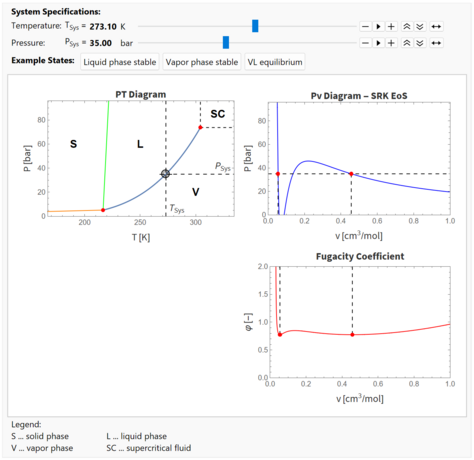Michael Haring, Mia Magdalena Bangerl, Thomas Wallek
The Technology-Enhanced Learning (TEL) Marketplace was a joint initiative by the vice rectorate for academic affairs and the vice rectorate for digitization and change management at Graz University of Technology to modernize lectures. As part of this initiative, an exercise course on chemical thermodynamics was redesigned as a learner-centered course and enriched with interactive learning materials designed to promote self-directed learning. The core of the method used to implement this redesign is interactive notebooks created in Wolfram Mathematica to enable students to work through the examples independently, in depth, and irrespective of time, with the required theoretical background integrated into the notebooks. In this paper, we ask the following questions: RQ1: How did students use and accept the interactive notebooks? RQ2: What was the impact of the interactive notebooks and the corresponding course design as perceived by the students? To answer these questions, we conducted a questionnaire-based survey with 45 course students and statistically analyzed the results. Key results for RQ1 show that 93.33% of the participating students reported using the interactive notebooks, and technology acceptance (1 = low TA, 5 = high TA) was high in both the dimensions of perceived usefulness (m = 3.88) and attitude (m = 4.24). Regarding RQ2, our key results show that students perceived the notebooks to have a positive impact on their learning experience, especially regarding their self-directed learning. The results of this work are in alignment with observations by lecturers, which showed that this more student-centric course design and the integration of the interactive learning materials made it possible to clarify detailed questions during the independent learning phase, allowing the interactive part of the course to focus on the tactical approaches, solutions, and problems that arose during the calculations, which raised the overall level of content teaching.
Education Sciences
DOI: 10.3390/educsci15101334
Link to Article

